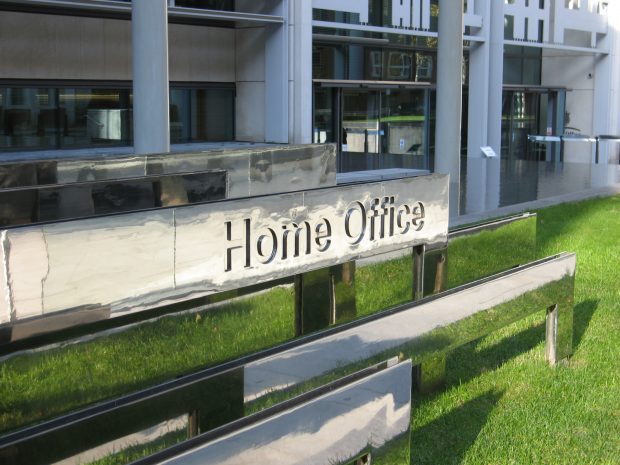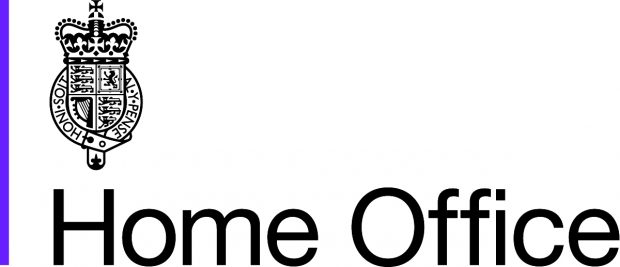
What types of facial recognition do the police use?
In England and Wales, facial recognition technology takes two main forms:
- Retrospective facial recognition
- Retrospective facial recognition compares an image of an individual, such as someone caught on CCTV suspected of committing a crime, against a database of custody images. This CCTV footage is recorded, not in real time.
- For example, South Wales Police (SWP) produce around 100 identifications a month, with half of those leading to a positive outcome (such as caution or charge), including murder suspects.
- Before it would take around fourteen days, whereas now the response to the officer is typically within minutes but always the same day.
- All police forces use the Police National Database (PND) facial search facility, as it assists them in identifying people who have committed crimes.
- Live facial recognition
- Rather than focusing on typically one individual in prerecorded footage, live facial recognition (LFR) makes a live reading of people passing the camera and compares their images to a specific and pre-determined list of those sought by police – primarily suspects.
- Presented with both images in a potential match, it is up to the police to decide whether to stop and speak to the person in question.
- This replicates long-established police work, such as a spotter in a football match deployed to sight any known disorderly fans.
Live facial recognition trials
- SWP and the Metropolitan Police Service (MPS) have been trialing LFR.
- They have been seeing how well the technology can assist with locating people who might for example pose a risk of theft at concerts, as well as those wanted for serious and violent crimes.
- This technology has demonstrated the ability to tackle crime and identify criminals in an efficient way that wouldn’t otherwise be possible, freeing up resources for the police to deploy elsewhere in order to protect their communities.
- SWP’s trials resulted in arrests or disposals in over 50 cases where they had not been able to find people by their existing methods.
How have these trials been conducted?
- The MPS and SWP trials involved public engagement, covering a fixed and limited footprint.
- In these trials, all biometric data is automatically deleted immediately as are the facial images of those not matched against a pre-determined list of those sought by police; even where there is a match, the facial images are deleted within 24 hours; and the CCTV footage is deleted after 31 days.
- People who are not identified as being on a list of those sought by police have their data deleted immediately and therefore cannot be identified.
- Both the MPS and SWP distributed leaflets where LFR has been used and marked LFR CCTV vans.
- Evidence from the SWP and MPS’ trials so far shows there is a very low chance of anyone being identified as on a list of those sought by police by mistake, with the proportion of false alerts against the total number of faces scanned at most 1 in 1,000, and accuracy is improving all the time. If an individual is on this list, however, there is up to a 90% chance that there will be an alert.
Are these trials lawful?
- The police have common law powers to prevent and detect crime which allow them to use surveillance cameras and LFR in public places.
- The judgment in the South Wales Police case confirms that there is a clear and sufficient legal framework for the use of LFR in the UK, which includes ensuring that it is necessary and proportionate
- However, we continue to work with the police and others to ensure that we maintain public trust and confidence in law enforcement.
